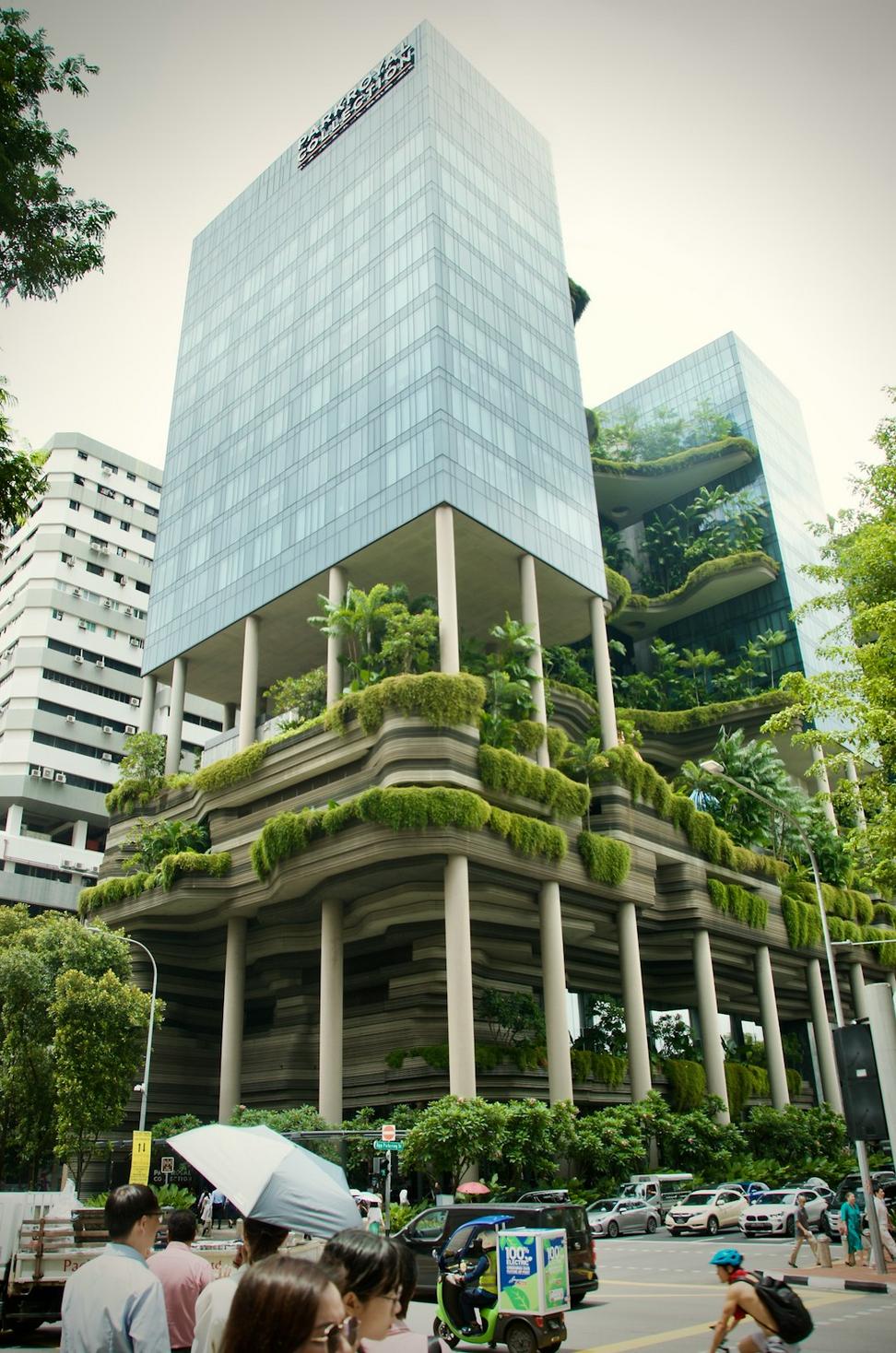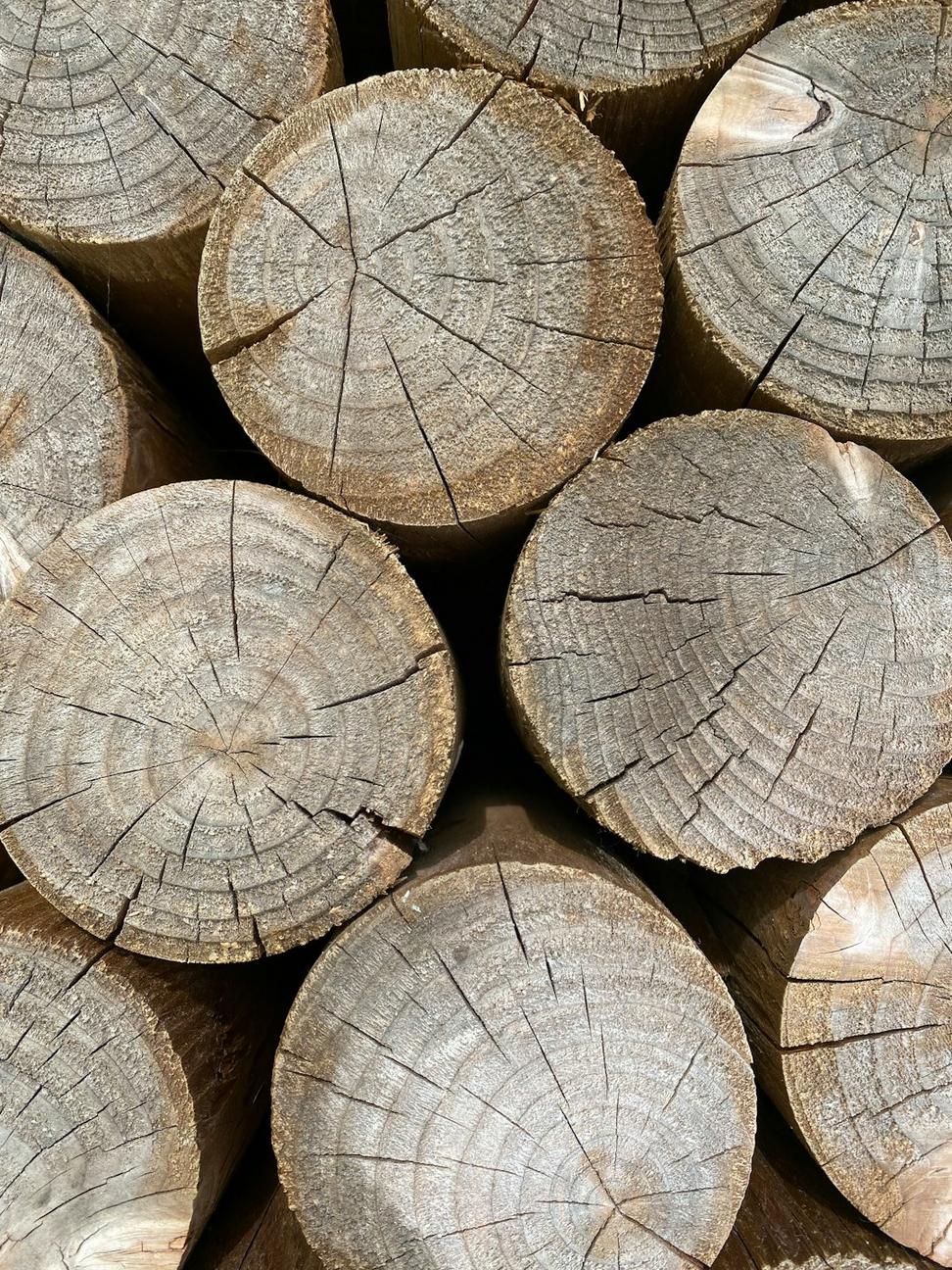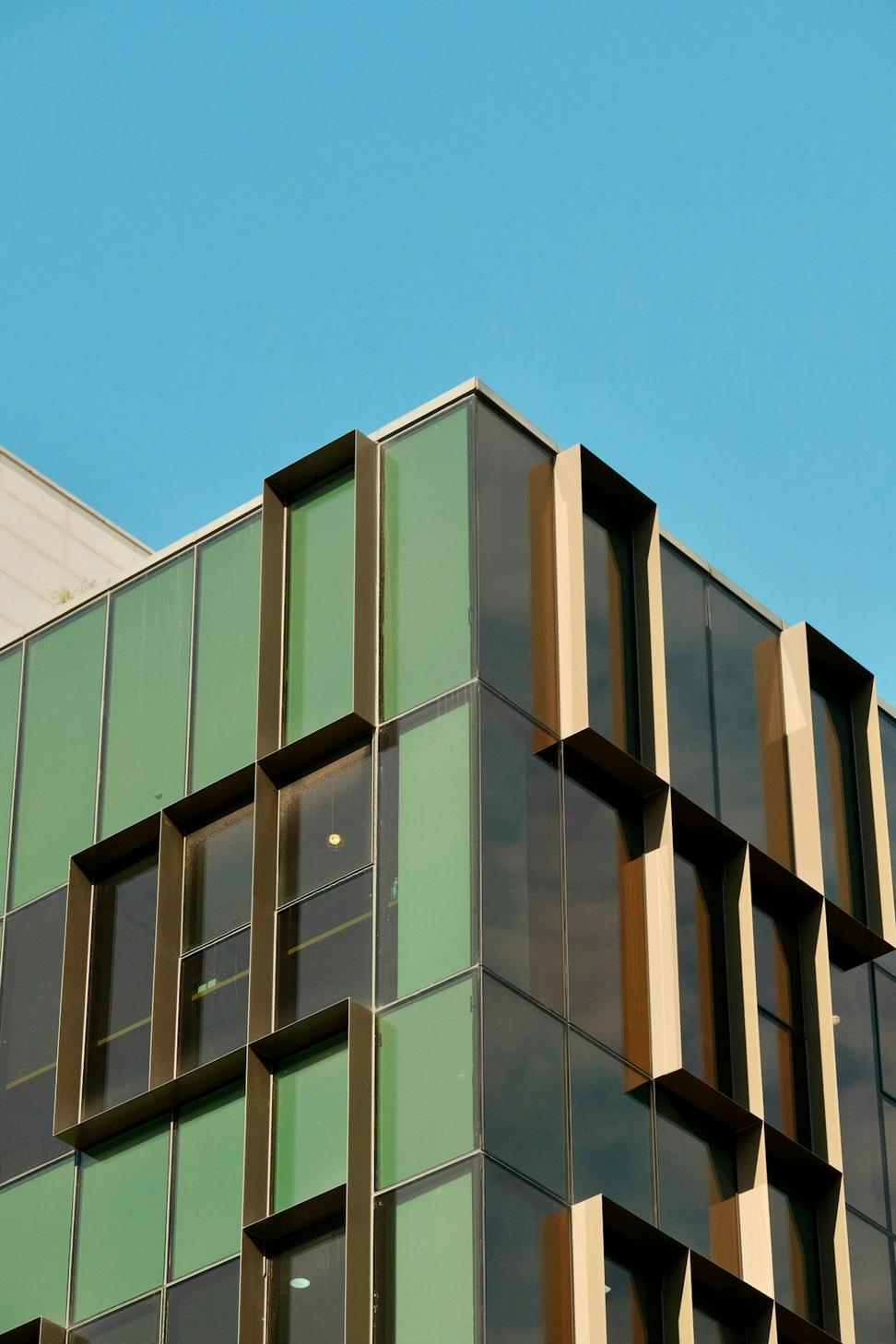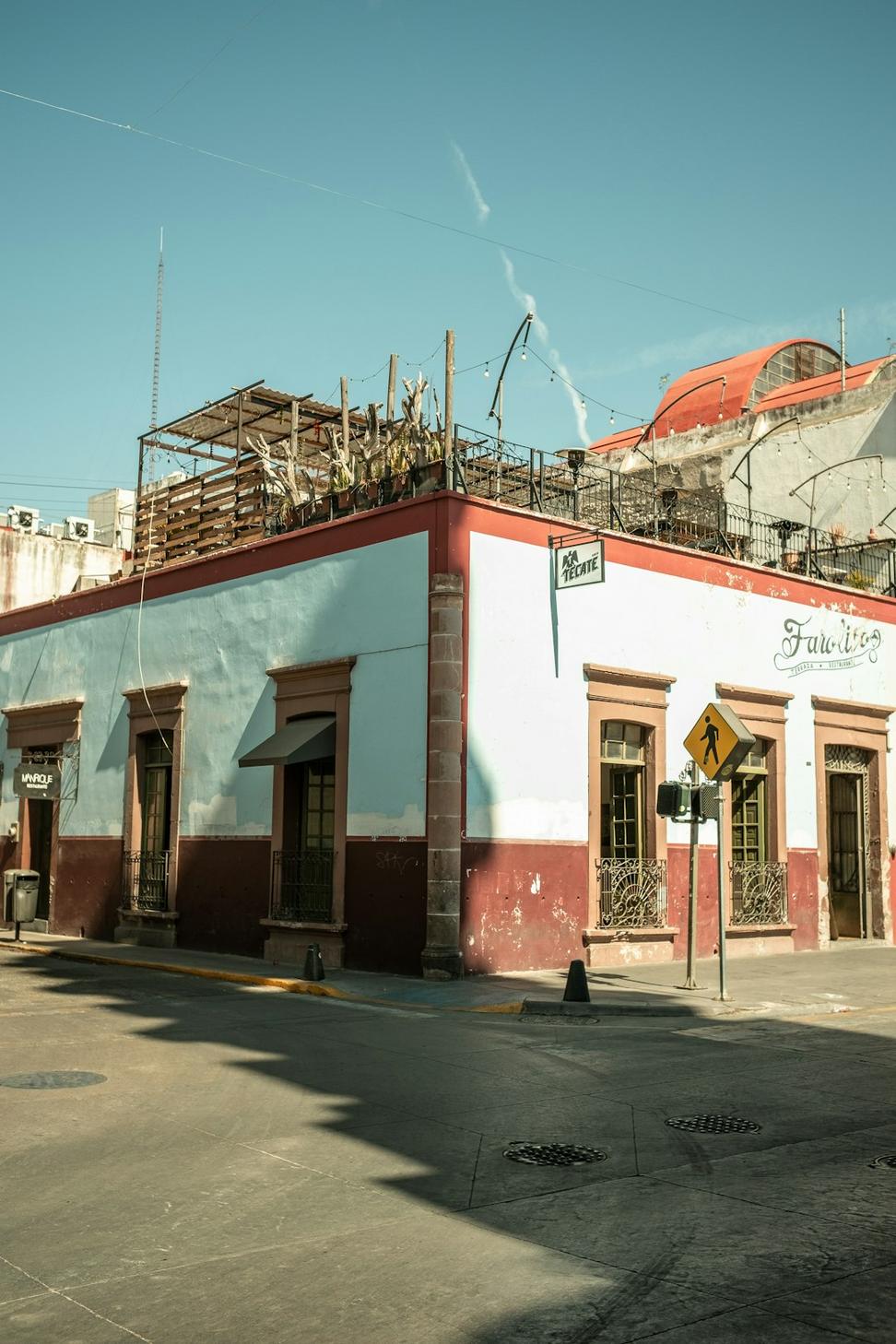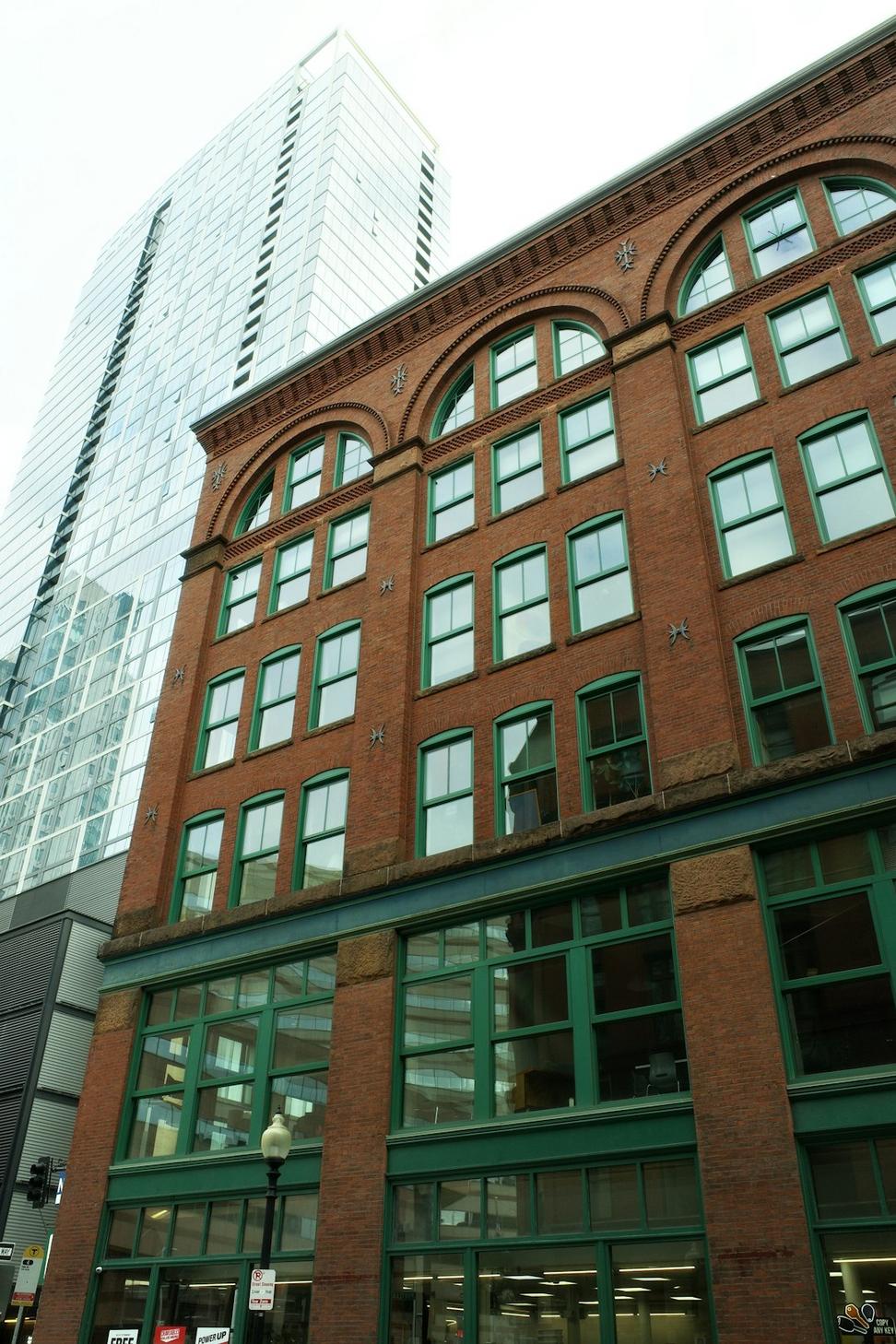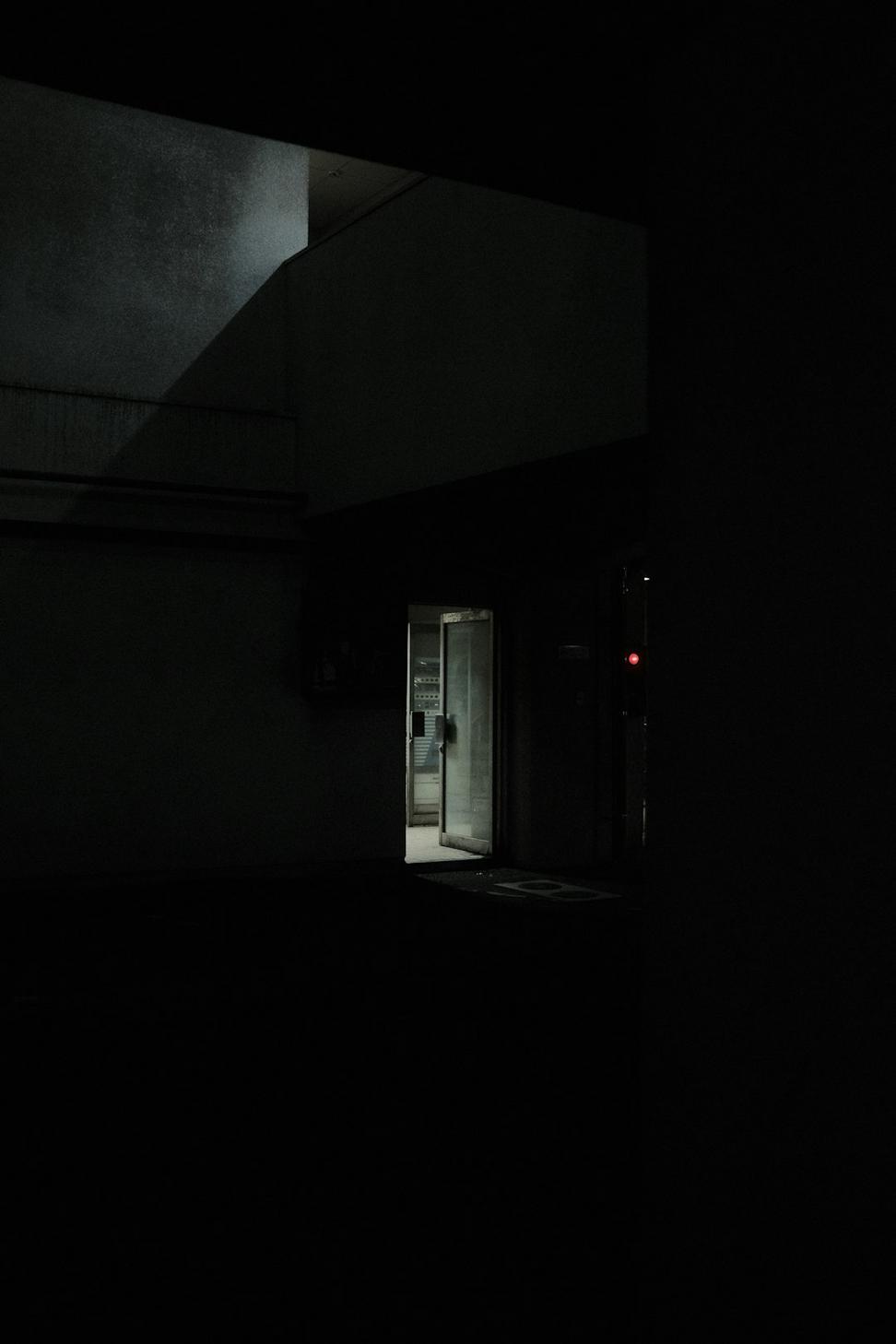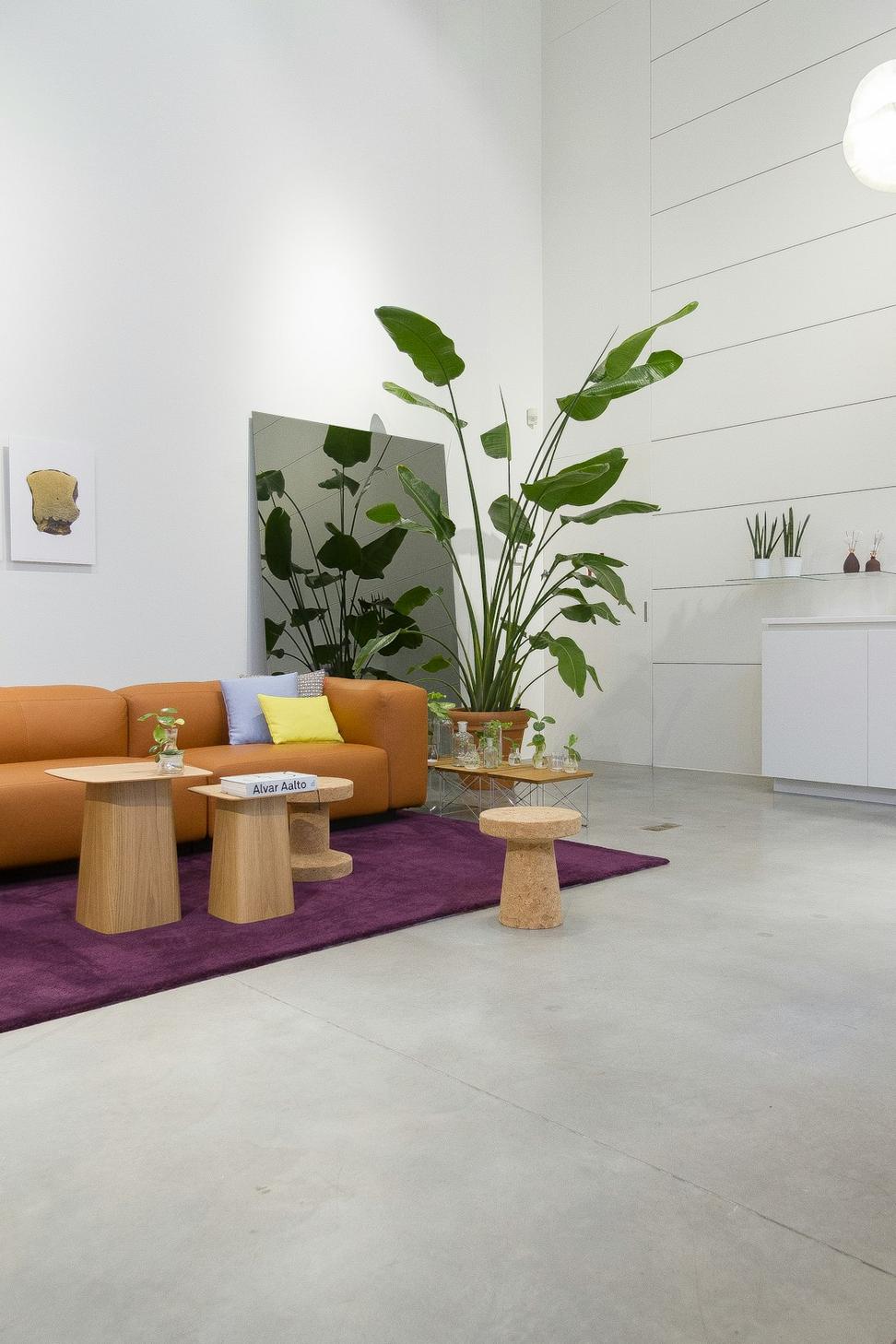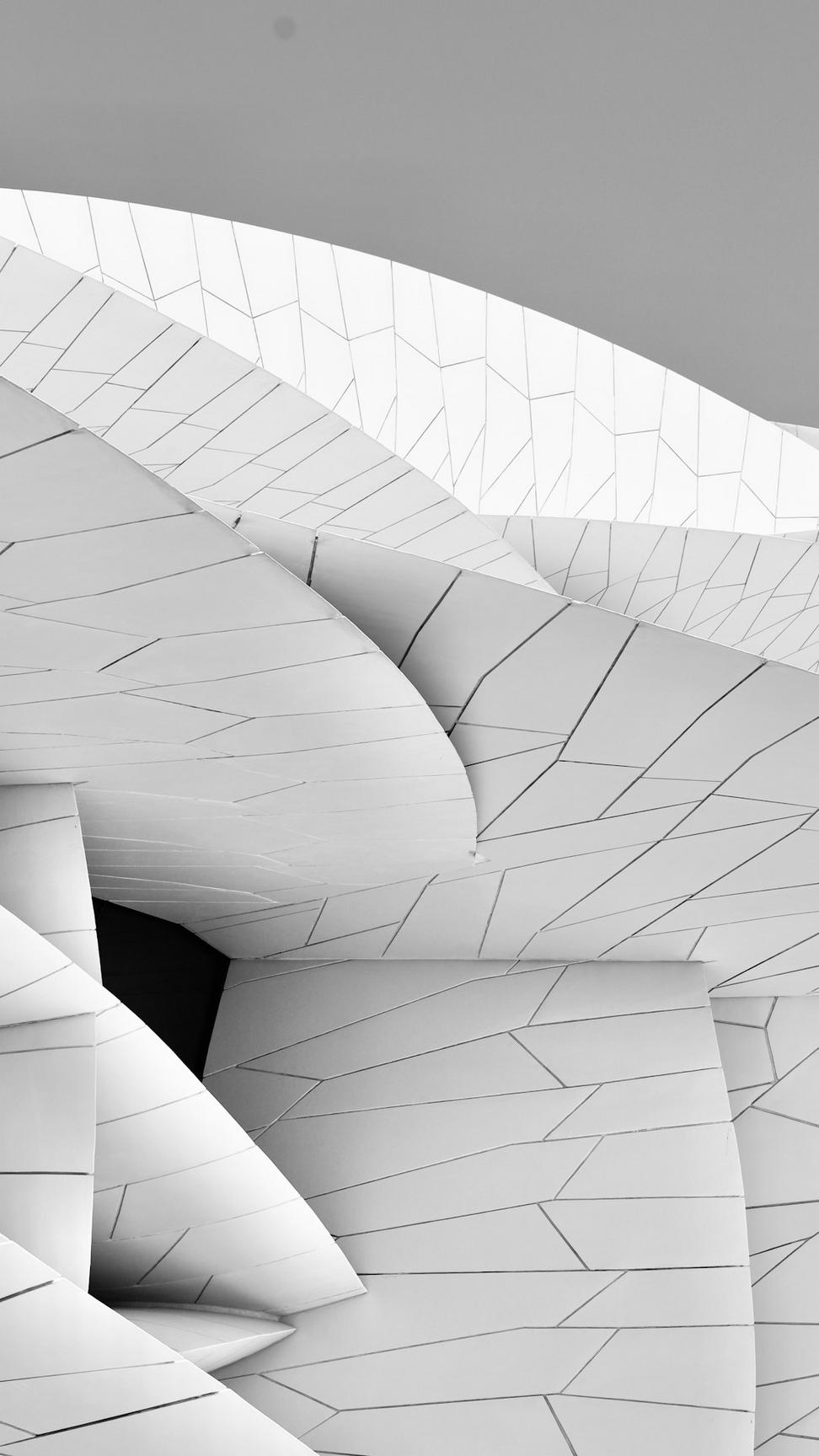Building Green Isn't Just a Checkbox Exercise
Look, I've been doing this for 15 years now, and honestly? The whole sustainable design thing has moved way beyond just slapping solar panels on roofs and calling it a day. It's about actually thinking through every choice – from where your lumber's coming from to how sunlight hits the kitchen at 3pm on a Tuesday.
